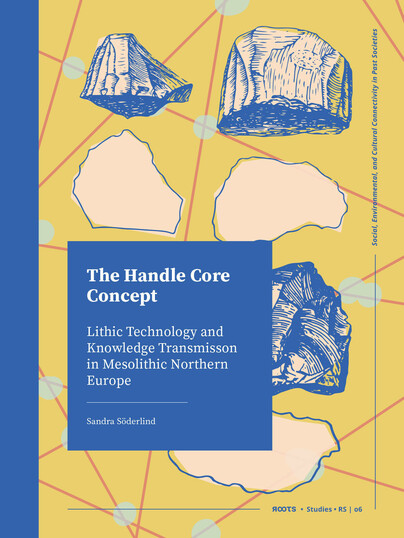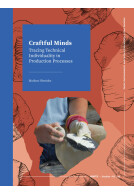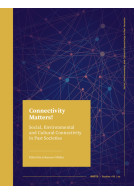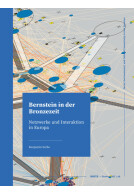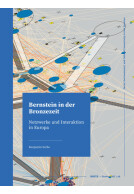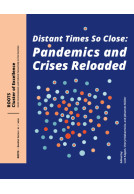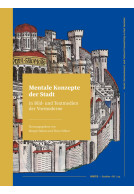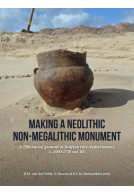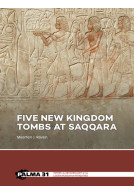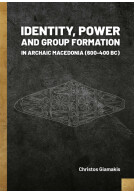The Handle Core Concept (Paperback)
Lithic Technology and Knowledge Transmission
Imprint: Sidestone Press
Series: ROOTS Booklet Series
Pages: 406
Illustrations: 120fc / 55bw
ISBN: 9789464280753
Published: 10th December 2024
Script Academic & Professional
Series: ROOTS Booklet Series
Pages: 406
Illustrations: 120fc / 55bw
ISBN: 9789464280753
Published: 10th December 2024
Script Academic & Professional
This book will be reprinted and your order will be released in due course.
You'll be £65.00 closer to your next £10.00 credit when you purchase The Handle Core Concept. What's this?
+£4.99 UK Delivery or free UK delivery if order is over £40
(click here for international delivery rates)
Order within the next 11 hours, 39 minutes to get your order processed the next working day!
Need a currency converter? Check XE.com for live rates
(click here for international delivery rates)
Order within the next 11 hours, 39 minutes to get your order processed the next working day!
Need a currency converter? Check XE.com for live rates
This work deals with topics related to mobility, contacts and transmission of knowledge. The study of these topics regarding the past can promote an understanding of the social implications of migration, communication and learning today through long-term perspectives of change. This volume focuses on these topics in the Mesolithic by analysing a specialised lithic concept known previously from Scandinavia and Northern Germany. The implementation of the Handle Core Pressure Concept (HCPC) is based on a pressure technique to produce small regular blades from single-fronted cores, often utilised in slotted bone points. The use of pressure technique means that the HCPC requires social learning for maintenance and diffusion of the tradition.
The research questions focus on three aspects of the HCPC: technology, chronology and the transmission of knowledge that are involved in the diffusion process. Materials from across Northern Europe have been studied and analysed. The results show that the morphology of the materials is similar across Europe, but that there are differences in the technological choices made by knappers in different parts of the area. These variations relate to the core preparation. The technological differences are also connected to two different chronologies that are centred east and west of the Baltic Sea, which would indicate two separate technological and social traditions.
The cores east of the Baltic Sea still require more research in order to understand how they relate to other concepts in and around Northern Europe. The cores from Scandinavia, however, exhibit strong technological similarities to an older pressure-based blade concept that was already used in Scandinavia in the Early Mesolithic. The long-term use and the rapid diffusion of the HCPC indicate that knowledge and know-how must have diffused via both vertical and horizontal directionalities. These results exemplify the complex ways that mobility, social learning, material availability, tradition and many other aspects played a role in the transmission of knowledge in Mesolithic societies.
Customers who bought this title also bought...
Other titles in the series...
Other titles in Sidestone Press...







